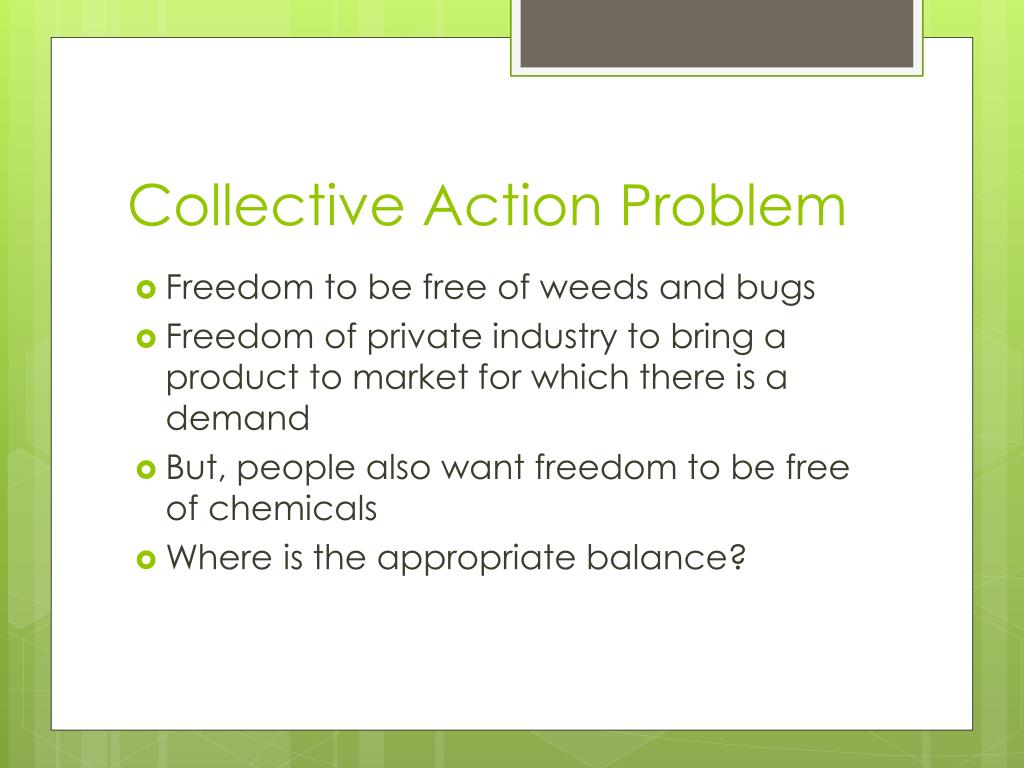

This theory highlights the challenges of coordinated anticorruption efforts. When corruption is seen as ‘normal’, people may be less willing to abstain from corruption or to take the first step in implementing sanctions or reforms.

Effective anti-corruption initiatives are so hard to achieve because they often require insights from all three of these perspectives. But both miss out an important third perspective, which is that corruption can serve important functions, solving difficult problems that people face, especially in weak institutional environments. This paper, published in collaboration with the U4 Anti-Corruption Resource Centre, argues that both theories are in fact valuable. A growing number of authors argue that anti-corruption efforts have not worked because they are based on inadequate theory, suggesting that collective action theory offers a better understanding of corruption than the principal-agent theory usually used.

Despite significant investment in anti-corruption work over the past 15 years, most systemically corrupt countries are considered to be just as corrupt now as they were before the anti-corruption interventions.


 0 kommentar(er)
0 kommentar(er)
